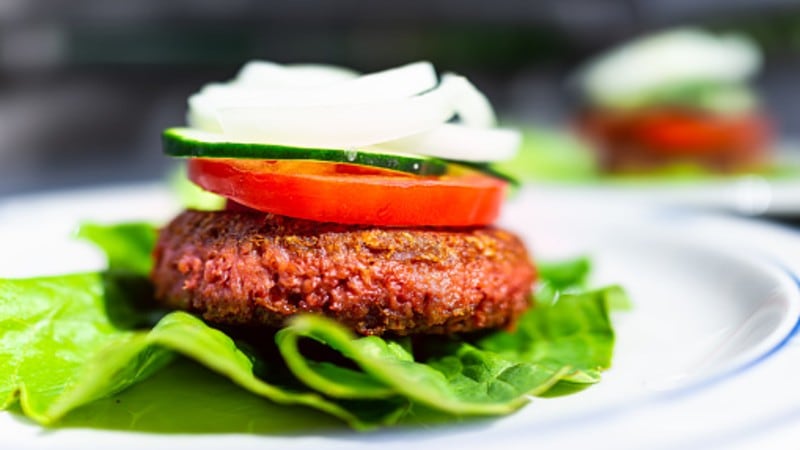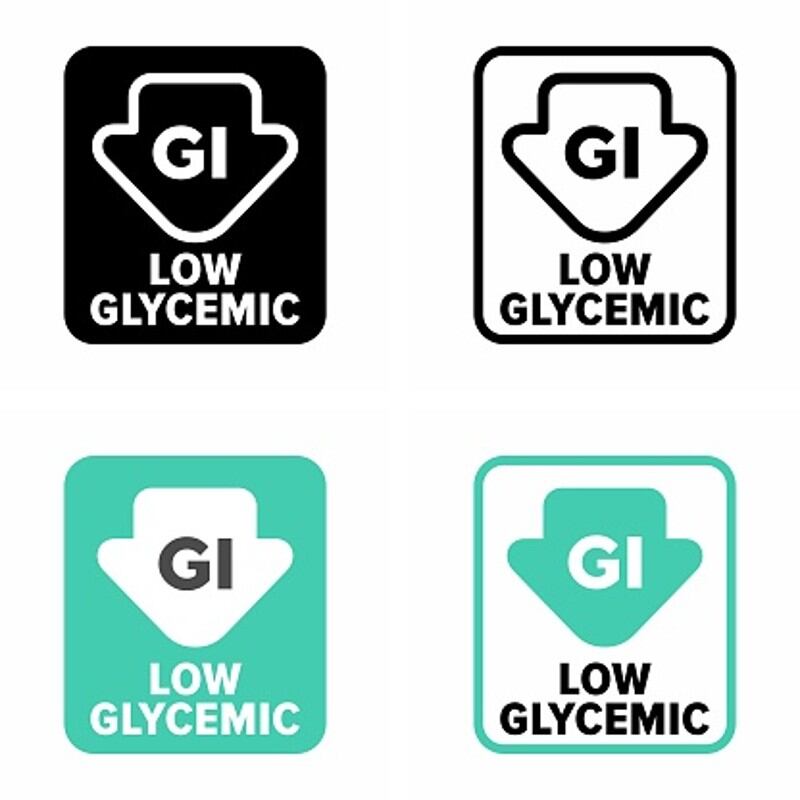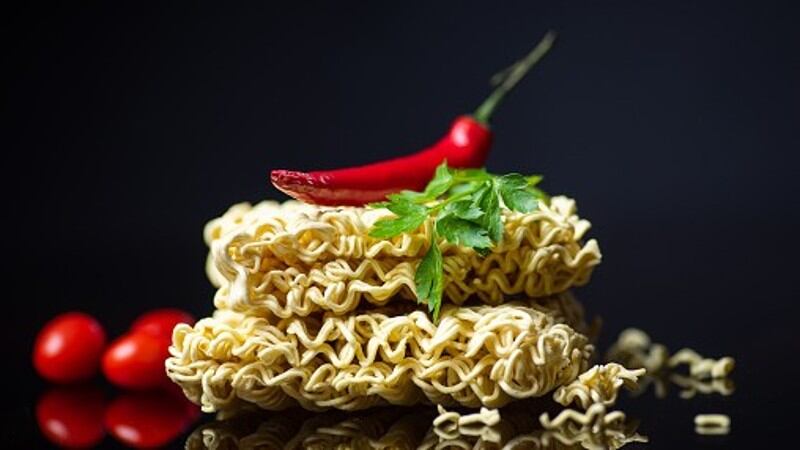Hybrid meat products could be a combination of plant-based protein with either conventional or cultured ‘real’ meat, and industry experts believe that ironically the presence of this ‘real’ meat in products could be what crucial to converting consumers to eventually reducing their consumption of traditionally-produced meat.
This is especially so in Asia, a region where meat is a very important part of local diets and considered by many cultures to be not only a status symbol but also critical to health functions, making a sudden switch or abrupt acceptance of 100% plant-based foods somewhat more difficult.
“Many foods in countries like Malaysia are centred around animal-based meats [and] it would be very difficult to get consumers to just give that up wholesale,” jackfruit-based meat firm NANKA Co-Founder Ahmad Syafik Jaafar told FoodNavigator-Asia.
“So the idea of hybrid products is very useful here – in our case, we have hybrid jackfruit-beef and jackfruit-chicken meat patties in addition to 100% plant-based jackfruit-mushroom products - as it gives consumers the opportunity to just try something that tastes familiar to them but actually contains less meat than their normal cuisine.
“After trying this hybrid product which contains a minimum amount of animal meat, and then finding that it tastes like the real thing, this will then boost our chances of getting them to make a steady shift over to complete plant-based items, which is the end-goal.”
So for NANKA, hybrid products are something of an ‘onboarding platform’ allowing consumers to make a steady, step-by-step change towards a 100% plant-based diet, but some others such as microalgae-based food firm Sophie’s BioNutrients see these as a ‘most-likely-to-succeed’ category, at least for the near future.
“Meat and seafood are in short considered medicinal, even sacred, in many Asian cultures, particularly in East Asia, so no matter how good or similar to meat plant-based products are, I still see the majority of consumers in this region going for ‘real’ meat when it comes to making these dishes,” Sophie’s BioNutrients Co-Founder and CEO Eugene Wang said.
Examples of traditional Asian dishes where meat is considered medicinal includes the use of pork in Chinese soups where it is believed to be a ‘warming’ food that can generate strength and regenerate blood according to traditional Chinese medicine; as well as in South Korea’s samgyetang (ginseng chicken) where chicken is said to be important to improve digestion, strengthen bone marrow and increase energy.
“So until [real replacements] are made, I believe the future of alternative proteins in Asia [for the foreseeable future] will lie in hybrid products, a combination of plant-based ingredients with conventional meat,” Wang added.
“The growth of this industry will thus depend very much on the plant-based ingredients discovered, how these are integrated into developing such products, and perhaps also the technologies involved.”
Even big meat product brands such as Perdue Farms in the US have ventured into the world of hybrid products, developing their Chicken Plus hybrid nuggets with 50% chicken and 50% plant proteins made by Better Meat Co, with very positive results.
“Chicken Plus was rated the best tasting frozen chicken nugget in the US with just 50% real chicken in it – imagine if all meat products also opted for hybrid blending, this would solve so many problems including health and sustainability challenges,” Better Meat Co Co-Founder and CEO Paul Shapiro told us.
“We’re definitely targeting Asia with hybrid products, and our target consumers here are meat eaters looking for a healthier, balanced diet – 90% of the population still wants to eat meat even though plant-based products are getting more popular, so what we are doing is helping them to continue to do so with products that taste the same, just with less impact on health and the environment.”
Cultured meat – a suitable replacement?
Although 100% plant-based meats may have trouble reaching the status that conventional meat currently holds in Asian cuisine, perhaps in the future the answer may lie in using cultured meat to replace it, as this would contain an identical nutrient content to that of conventional meat – which is what several aspiring firms are counting on.
Chinese plant-based meat firm HEROTEIN for example is partnering with cultured animal product company Mission Barns to develop a line of hybrid meat products.
“We believe that such hybrid products are a good solution to several challenges faced by both the plant-based and cultured product markets – in terms of taste, we are looking to combine cultured animal fat with our plant-based meat to provide certain flavours that plant-based along cannot give, which are key to Chinese cuisine where pork lard is a crucial ingredient,” HEROTEIN VP of Strategy and Operations Coco Tse said.
“In terms of cost, it will take some time for the price of cultured meat to come down, and the food system needs an alternative protein option that is more affordable and available to the masses within a shorter period of time. So hybrid products look like the best option to solve these challenges and gain consumer acceptance more quickly for the alternative protein market to grow faster.”
HEROTEIN aims to be the first to launch hybrid products within the country, which is a bold objective given that cultured meat has yet to see regulatory frameworks set up as of yet.
“The regulations for these are still in the initial stages in China, but we definitely cannot wait for the approval process to proceed with the product development and make prototypes,” Tse said.
“We have definitely seen a lot of traction within the cultured meat sector in the last year though, with some local cultured meat firms having launched with prototypes and the government also looks supportive, so we are confident that hybrid products will see a launch in the market.”
She added that overall, what is important for the alternative protein – or New Protein in China – sector as a whole for the coming year is very much to focus on improving product quality and offerings to attract consumers, and gain their trust and acceptance.
“For 2022, I believe that across the entire sector we still need overall improvement in product quality, as well as the development of more localised flavours and more local cuisine applications so as to hit all the right scenarios to reach more consumers,” Tse said.





